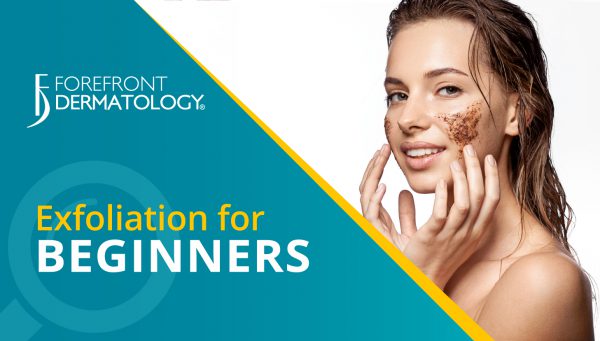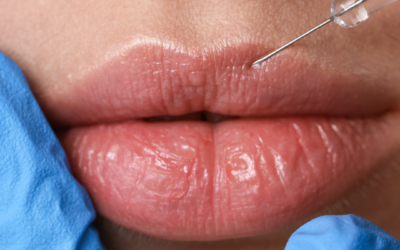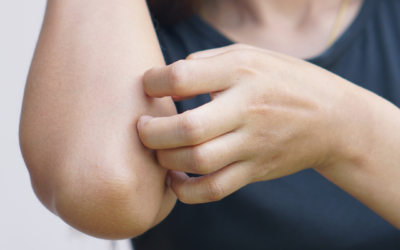
Skin can be frustrating to deal with – too oily, too dry, flaking, acne. If there is one technique that will provide instant gratification, it is exfoliation. Most people don’t know if they should exfoliate so take a look the mirror and check off which of these apply to you:
Dullness
Wrinkles
Fine Lines
Dry Skin
Flaky Skin
Calluses
Acne
Clogged Pores
Uneven Skin Tone
Rough Patches
If you checked any of these boxes then your skin could use a good exfoliation. According to Dr. Kent Walker, board-certified dermatologist with Forefront Dermatology,
“exfoliating helps skin look smooth, radiant and glowing by removing dead skin cells from the surface. When the cells build up they amplify the appearance of wrinkles and fine lines and can lead to clogged pores, breakouts and even ingrown hair.”
There are two ways to exfoliate: mechanical and chemical:
Physical Exfoliation
This method is typically performed at home and is achieved by scrubbing using a granular substance like store-bought masks and enzyme scrubs using exfoliation brushes or sponges.
Chemical Exfoliation
Another term for this is the ever-popular chemical peels. To chemically exfoliate skin, enzymes and alpha hydroxy acids (AHAs) are used to loosen the glue-like substance holding cells together, allowing them to slough away. There are a wide variety of professional chemical peels offered at spas and medical facilities. The strengths range depending on the goals you’re trying to achieve. Chemical peels are best performed by a skin care expert who can analyze your skin and determine the exact type of chemical peel you need.
“Exfoliating is essential to healthy, glowing skin, but over exfoliating can be harmful,” added Dr. Walker. “It is possible to exfoliate too much, and your skin will be the first to tell you if you’ve gone too far. Exfoliation must also not be too aggressive or it will result in irritation and reddened skin. I recommend exfoliating two to three times per week, generally in the evening to allow healing prior to the next day. Follow up the exfoliation with a moisturizer of your choice. Before you try any new product or form of exfoliation, test a patch of the product on your skin to determine whether or not you’ll have a reaction or sensitivity to the product.”
Skin Struggles?
If you are struggling with skin issues and don’t know where to turn, the skin health experts at Forefront Dermatology are ready to help. To find the Forefront dermatologist nearest you, visit the locations page today.





